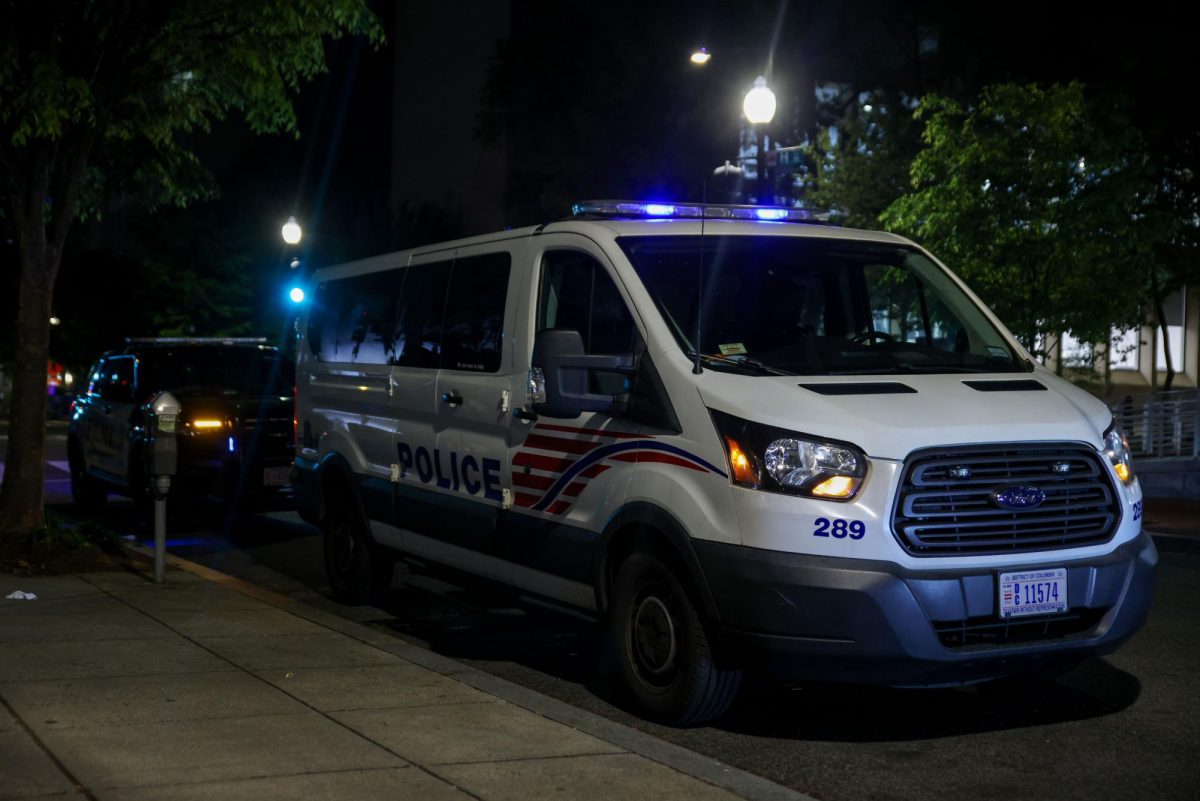
A recent hiring surge has pushed GW to its lowest ratio of students to faculty in a decade, but the top academic leader said he isn’t expecting another sharp decrease for several years.
The University’s student-faculty ratio shrunk to nearly 13-to-1 from about 14-to-1 the previous year, an improvement that Provost Steven Lerman attributed to last year’s spree of professor hires coinciding with a larger graduating class.
“I would say that large drop is really just a statistical fluke,” Lerman said, predicting that the University’s ratio would remain close to its current figure. “It just happened this year for several reasons. We had a wave of retirements earlier. Some of those positions were not yet filled and are now being filled.”
GW added a net 42 faculty members last year, representing nearly one-third of the 150 net hires during the last decade.
The student-to-faculty ratio, a key statistic for high school counselors, has fluctuated between 13.0 and 13.7 for about 10 years. Almost all of the schools in GW’s market basket boasted ratios of 11-to-1 or smaller last year.
The undergraduate population has remained steady because of GW’s enrollment cap, and the University is now looking to expand its faculty core, University President Steven Knapp said.
“We went through a period when the student body grew rapidly and the faculty, not so much,” Knapp said in an interview this week. “We’re not interested in growing our undergraduate body further on this campus because we’re trying to actually grow the faculty.”
Colleges across the country tout student-to-faculty ratios as indicators of small class sizes and close ties to professors.
Ralph Becker, a college counselor and director of a company called Ivy College Prep, called GW’s ratio “very decent.” He said some classes, such as research-heavy and writing courses, demand smaller class sizes for students to receive enough feedback to succeed. But class structure and professor accessibility can also impact the overall academic experience.
The number plays a small role in college rankings. Student-to-faculty ratios make up about 1 percent of U.S. News and World Report’s assessments.
Among the 14 institutions GW considers its peers, American and Boston universities come closest to GW, with ratios of 12-to-1 and 13-to-1, respectively, according to their U.S. News and World Report profiles.
Colleges with low ratios tend to have larger endowments, and therefore bigger budgets for salaries. That puts GW at a disadvantage, as its pool of $1.37 billion is smaller than most of its competitor schools and it is forced to rely mostly on tuition to fund academics.
“In the end you can think of it as every group of students has to pay for some number of faculty, and we obviously want to also keep the University as affordable as possible,” Lerman said.
Engineering professor Elias Balaras said while the student-to-faculty ratio can help gauge the nature of interactions in the classroom, it’s not the single measure of quality.
In some cases, it can determine the types of assignments professors can realistically give their classes and the amount of one-on-one time with students. The department of mechanical and aerospace engineering typically caps course enrollment at between 30 and 35 undergraduates, or splits larger classes into sections.
“With some classes, it is better to have a lower student-to-faculty ratio, and in other classes it doesn’t really matter,” Balaras said.







